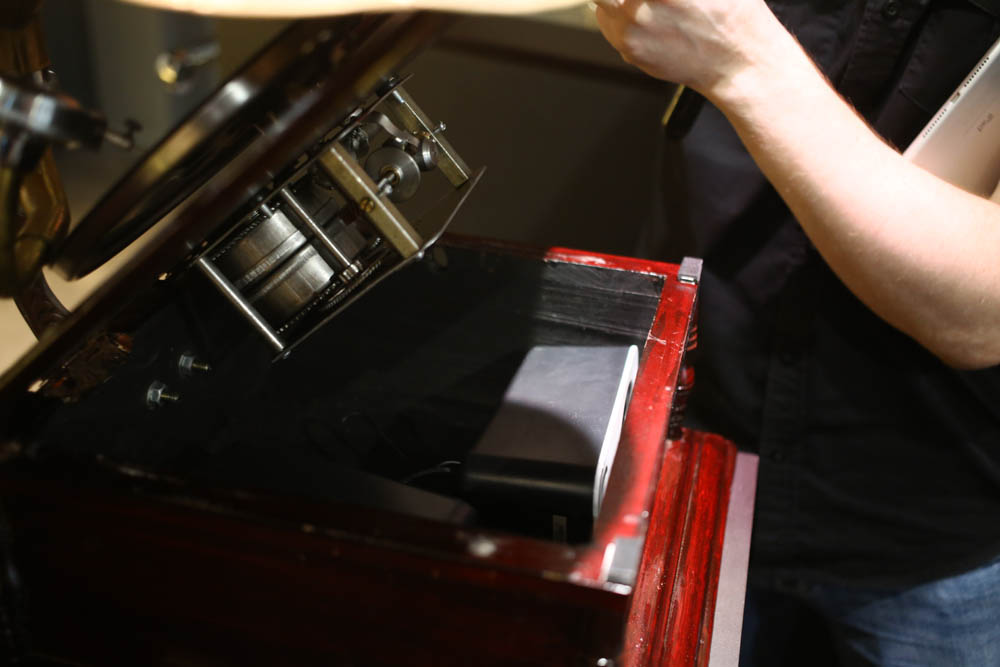
Recently in Moscow in the House of Russian Abroad named. A. Solzhenitsyn opened the Museum of Russian Emigration (on Taganskaya). If you have been to modern museums, you know that they are less and less like the windows of antique shops and are increasingly offering to participate in the exhibition to the audience.
After the events of 1918 and the subsequent wave of emigration abroad, a parallel Russia with its own cultural identity began to form. Many of our compatriots left for China, Europe, America, Australia, Africa. In general, distributed around the world.
The life of emigrants "there" is dedicated to the museum:
- Why many were forced to leave their homeland. How to maintain a culture in a new place.
- What contribution did the representatives of the Russian emigration of the first, second and third waves make to world science, literature, art and many other areas.
- What is happening right now with Russians living in other countries. I mean how they live there.
Well, together with our partners - participants in the project, we made a lot of exhibits with fillings starting from the KGB questionnaire, which people filled out to determine whether they should continue to live in the country (you also fill it out and find out if you stayed or were sent by the nearest boat), and ending with many screens where you can listen to interviews with modern expats.
Now, right in the post, we will take a little walk around the museum, and I will show especially interesting details.
Exposition Start
The concept is this: at the very beginning, you are shown on two large screens key frames from the history of emigration (genuine video - historical events that subsequently led to the mass expulsion of people from Russia). The video was made by director Andrei Osipov from quite rare newsreels. Museum historians went through a lot of video archives: at first they carefully studied what is in the post-Soviet space and in the archives of other countries, then they made a list of the necessary materials, then they received them in digital form. Further along the course of my story there will be many examples of videos: all of them are from old funds.

The first film shows in a couple of minutes the events that led to the appearance of the first major wave of emigration, and ends with an art frame as birds fly in different directions. I must say that the museum has many different screens - more than 50, and always, wherever you are, at least a couple - in your field of vision. Often more. We synchronized key screens and projections in such a way that these very birds fly through the entire exposition of the second floor: first they fly from one wall to another, then they “glance” at the screens. This is a very cool effect, it repeats about once every twenty minutes and really captivates. Museum staff themselves said that "multimedia is woven into the remnants of culture and expands the space without replacing it."
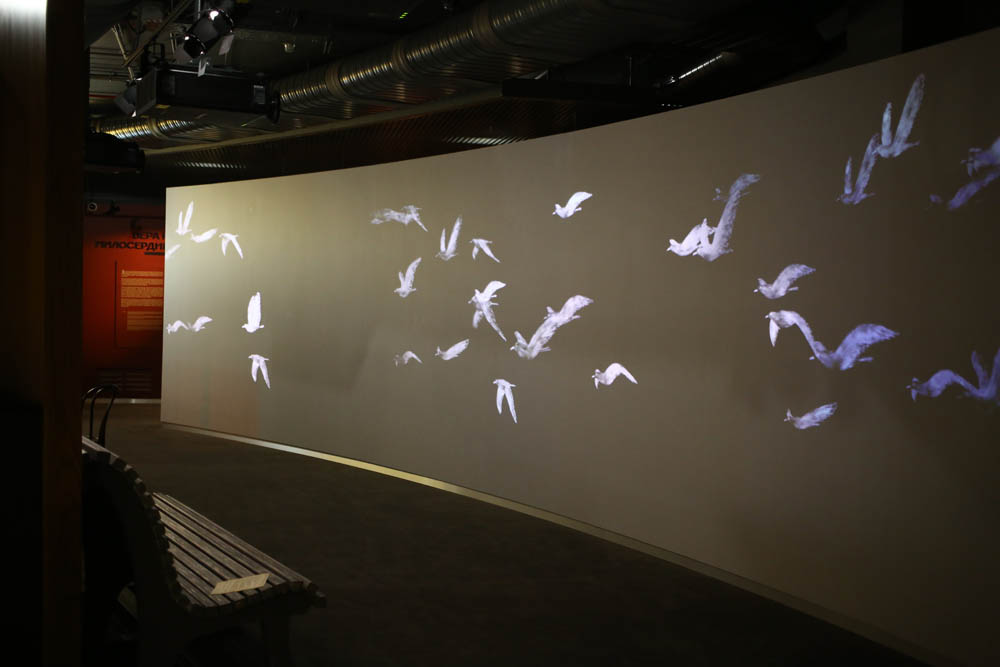

Next you go to the “philosophical steamboat”. Exposition tells
about expulsions in the autumn of 1922 of representatives of the Russian intelligentsia from Petrograd. The fate of the emigrants was decided very quickly and often depended on the mood of those who made the final decision - to allow a person to stay at home or expel from the country. And here is the very “KGB questionnaire” that was filled out by “suspicious” persons.
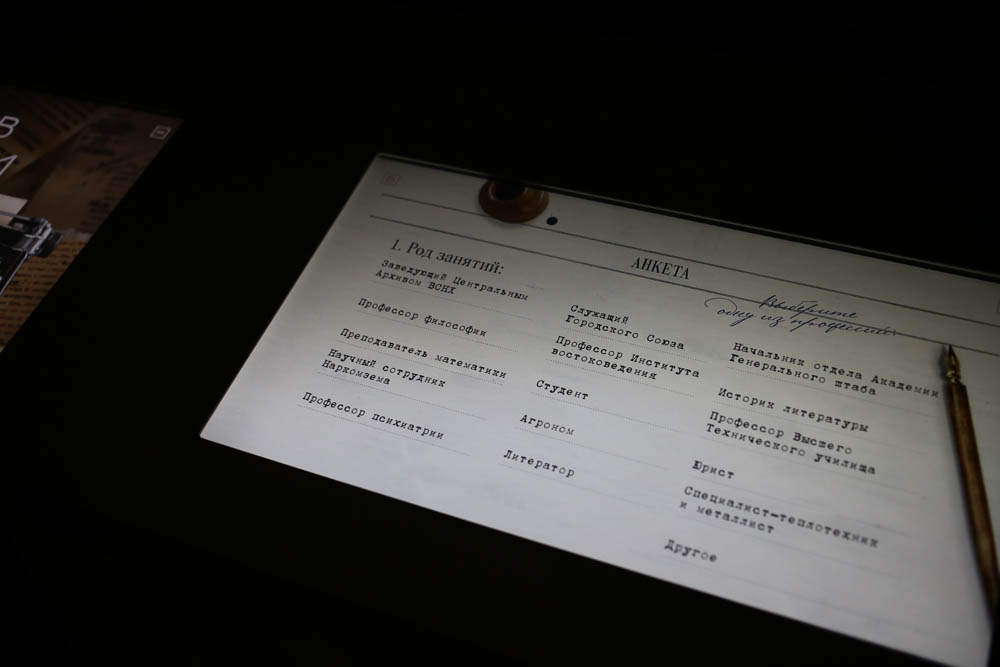
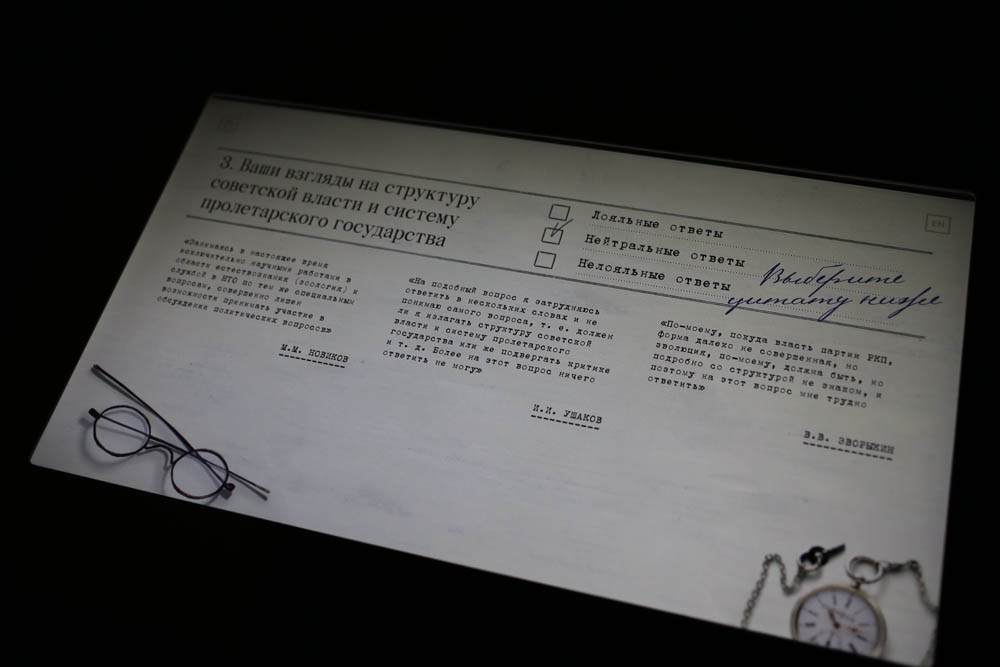
This is a stand with a built-in screen to which the player is connected. It spins content in an HTML5 container. You answer a few questions, and then, most interestingly, the probability is determined with which the “human factor” of the Chekists would send you outside the country. You throw a die (right on the screen), and they give you the result - to pack your bags or not. Most collected.
If you go further through the exposition, you can see, for example, an emigrant’s passport. Here he is:

Above the passport is a directional audio system that whispers in your ear about the exhibit. Legible, impressive (professional actors wrote), but at the same time quietly.
Accuracy is important: outside the cone of about two meters in diameter, the rest of the visitors do not hear anything. Therefore, the museum has no cacophony, a quiet museum setting is preserved.
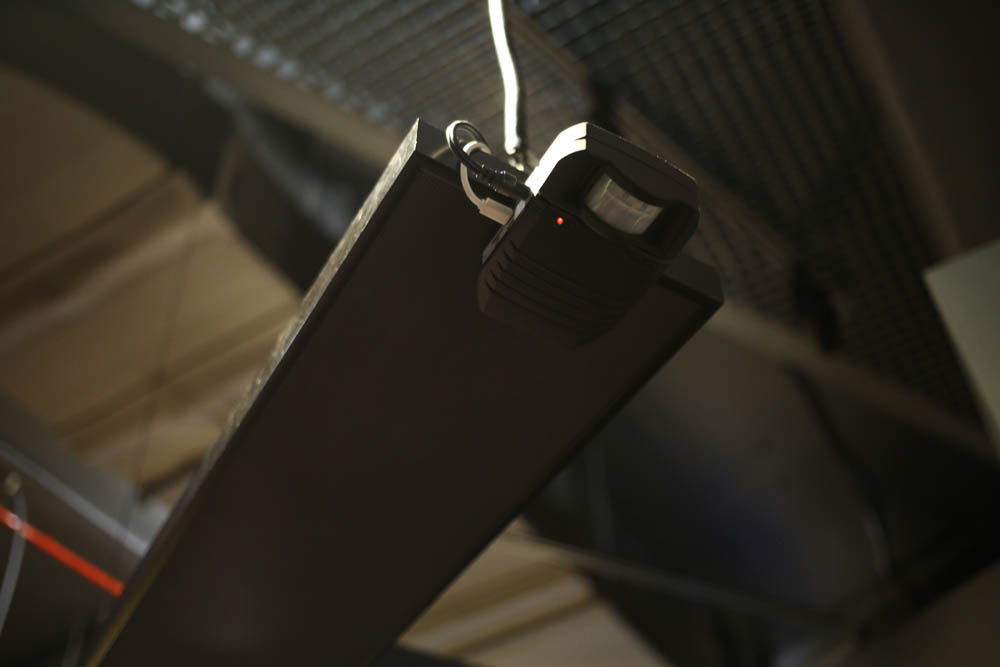
The content is mostly Russian-language, but in interactive installations there is a switch to English.
It is interesting to look at the things that emigrants primarily took with them.
For example, many books, various documents, in particular, certificates of land ownership (because they expected to return):

In this place, according to the concept, there are unassembled suitcases of emigrants (real, donated to the museum) - a symbol of life spent waiting on suitcases. Many immigrants of the first wave renounced citizenship and waited for the opportunity to return as soon as possible:
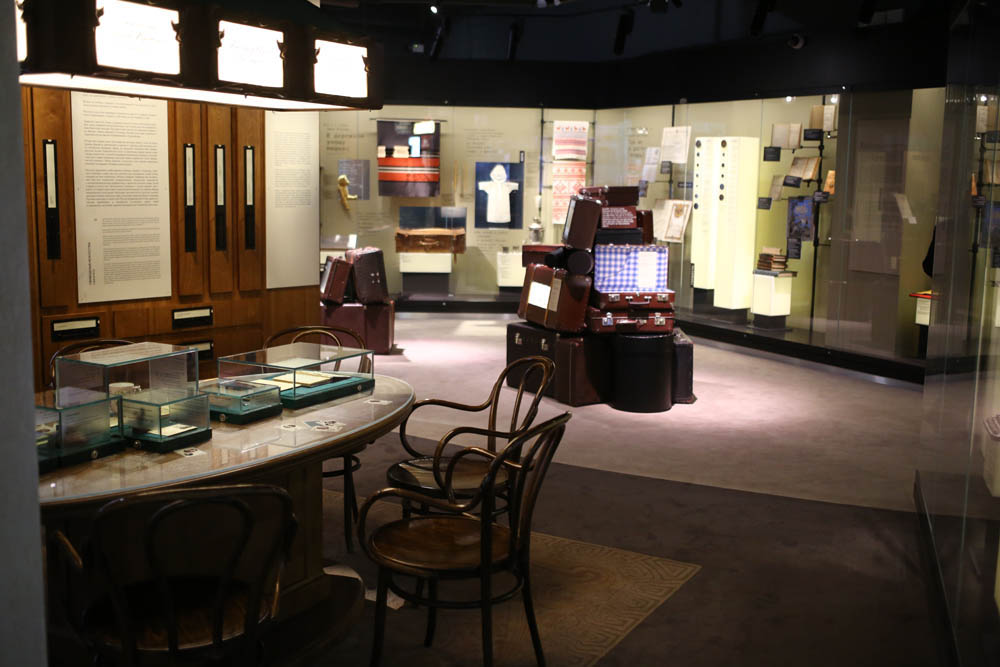


So, when you walk around this part of the exhibition, we will send you a few more audio systems and play sounds. When you look at how someone took a samovar with you, you hear the sound of mowing grass. When you look at children's things - voices and folk songs. Come to the gramophone - it stops hissing and starts playing nostalgic music. The effect was very well calculated by the compilers of the exposure, and we added motion sensors and players. By the way, the idea of such interactive interaction belongs to the Russian branch of RAA (Ralp Appelbaum Associates), one of the largest museum exhibitions of design firms in the world:
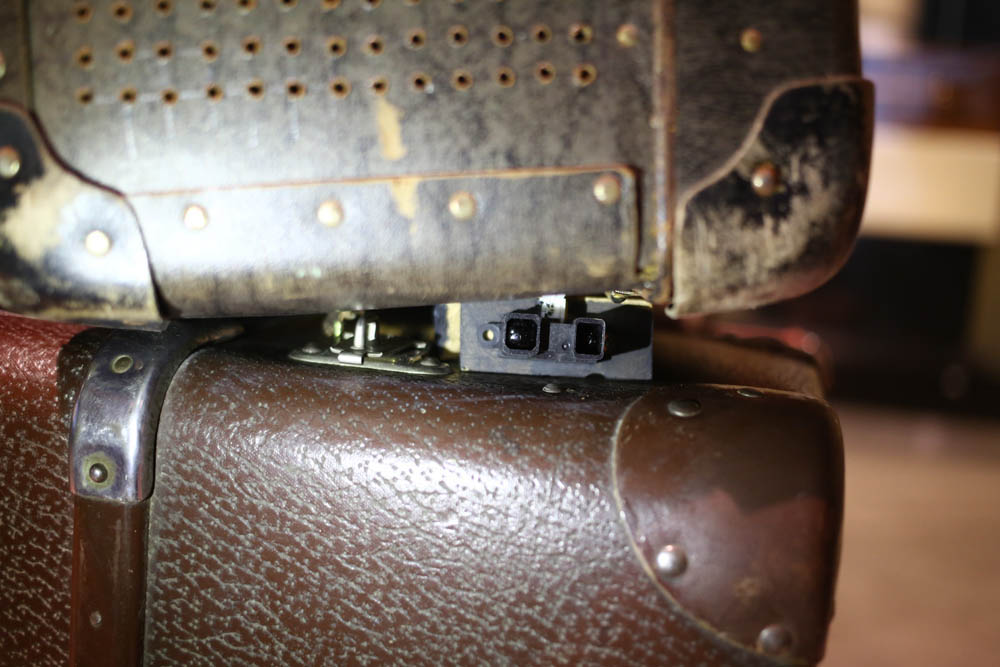

The mountain of suitcases is still important because many emigrants of the first wave renounced citizenship and waited for the opportunity to return. At the same time, the suitcases were not physically dismantled.
The next stand is with two-sided photos. On one, he shows how people looked before they left Russia, on the other - their photo is already from exile.

Just pick someone and turn the die:
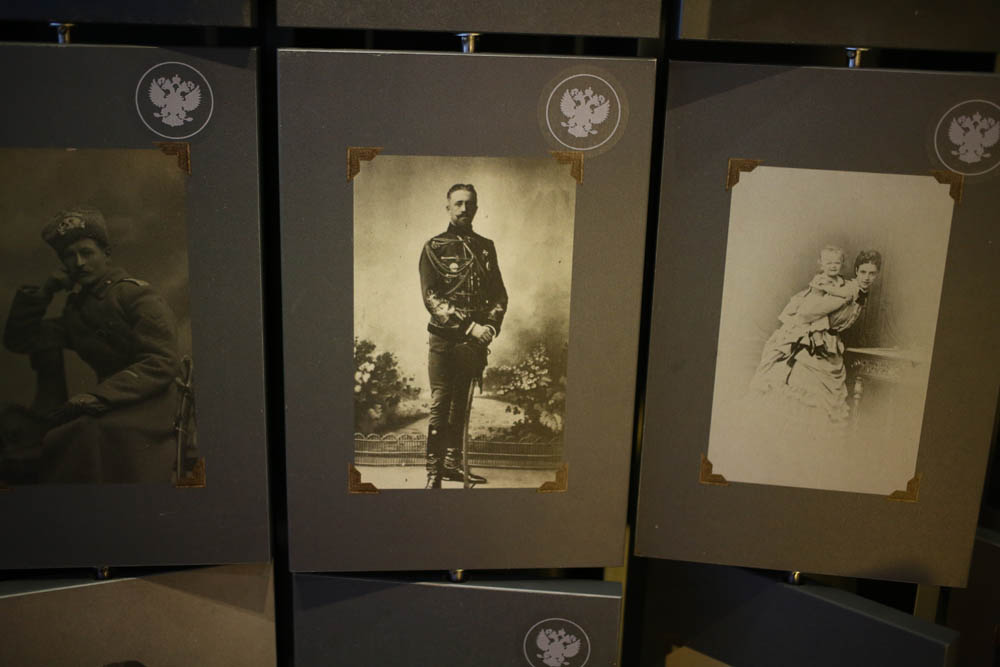
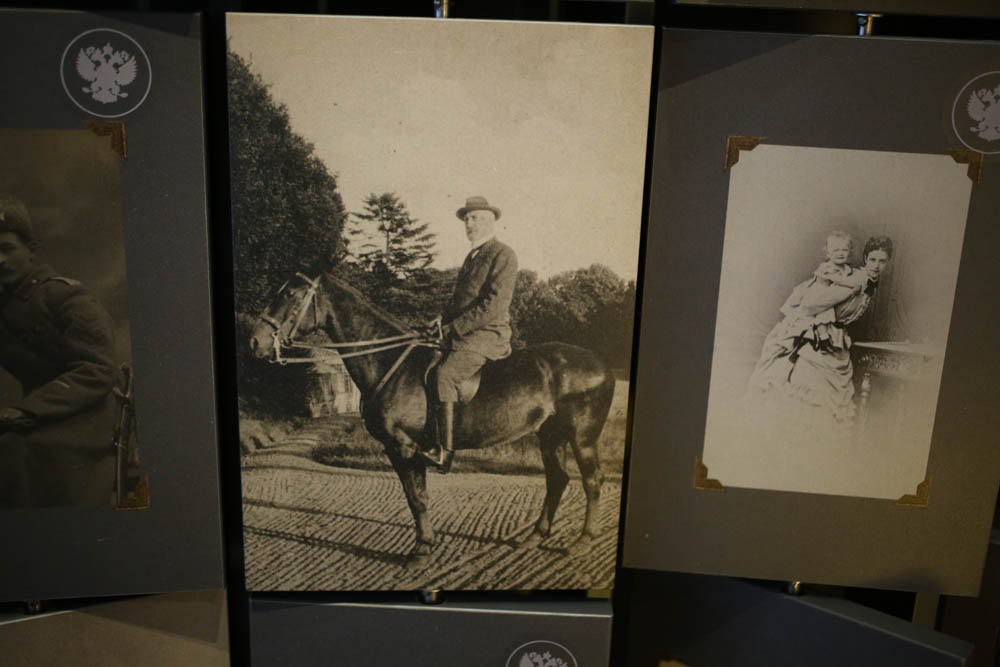
Or here:

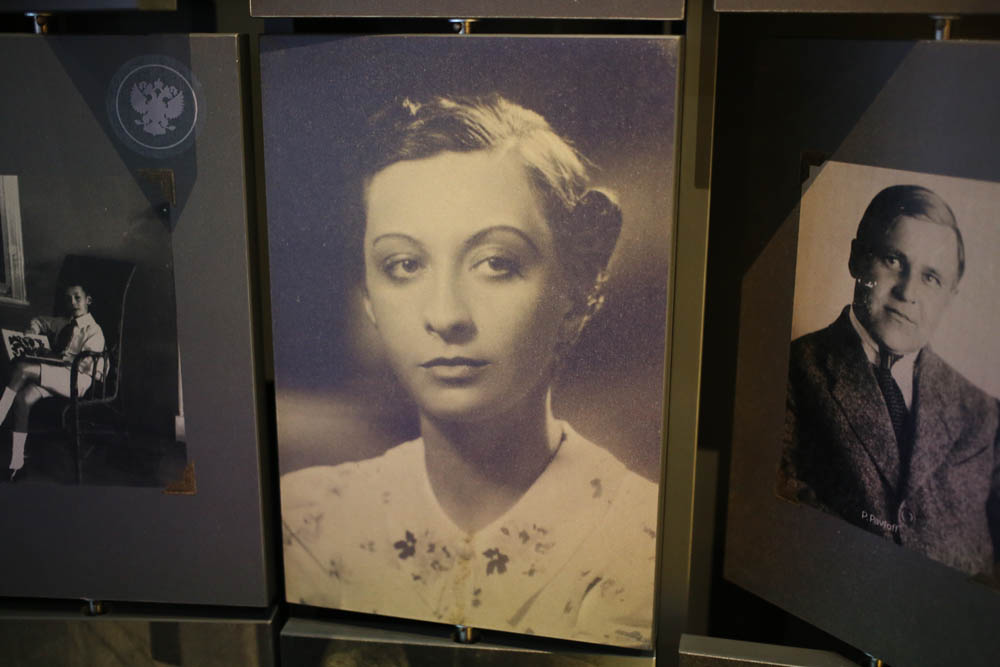
On the multimedia screen located nearby, you can select any person from the plate and read the story of his life.

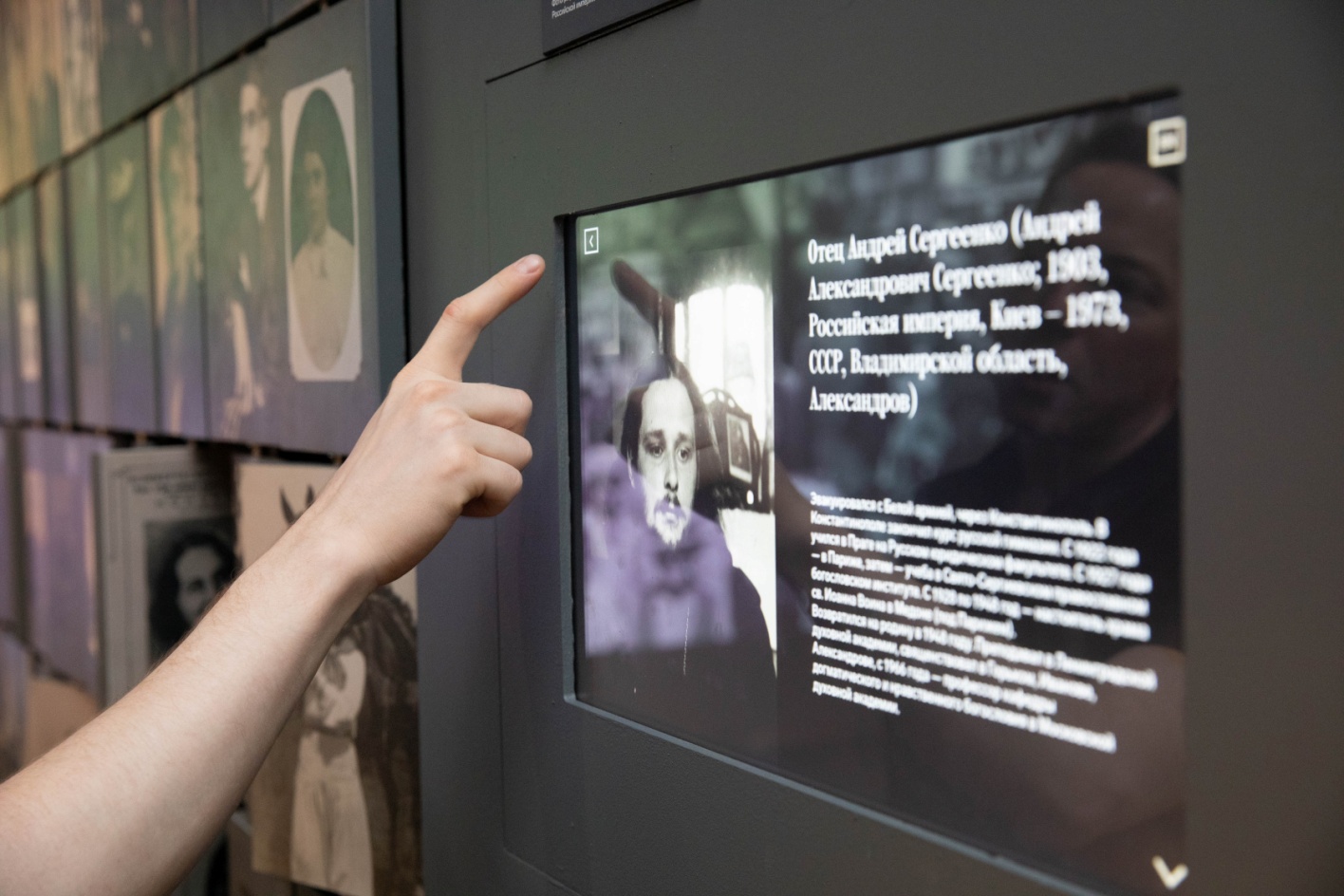
Block further - also without IT, there are many documents. It was possible to digitize them, but with hands it is much easier. Made large retractable stands. Here the architects placed the original documents in the sliding stands with lighting - a very original solution.

Behind the back of the deputy director of the museum for science Natalia Gritsenko, you can see several more screens. There is also a video chronicle, but for the most part from the Russian State Archive of Film and Photo Documents and the Belgrade Film Library.
Then again, you need a lot of interactivity. I will not talk about the entire exposition, just show those places where IT added a lot of emotions.
Here you can stay as an emigrant student: sit at a desk in a Russian school somewhere in another country and listen to lessons. This is a reconstruction, the actors wrote, there was no corresponding audio recording in good quality:
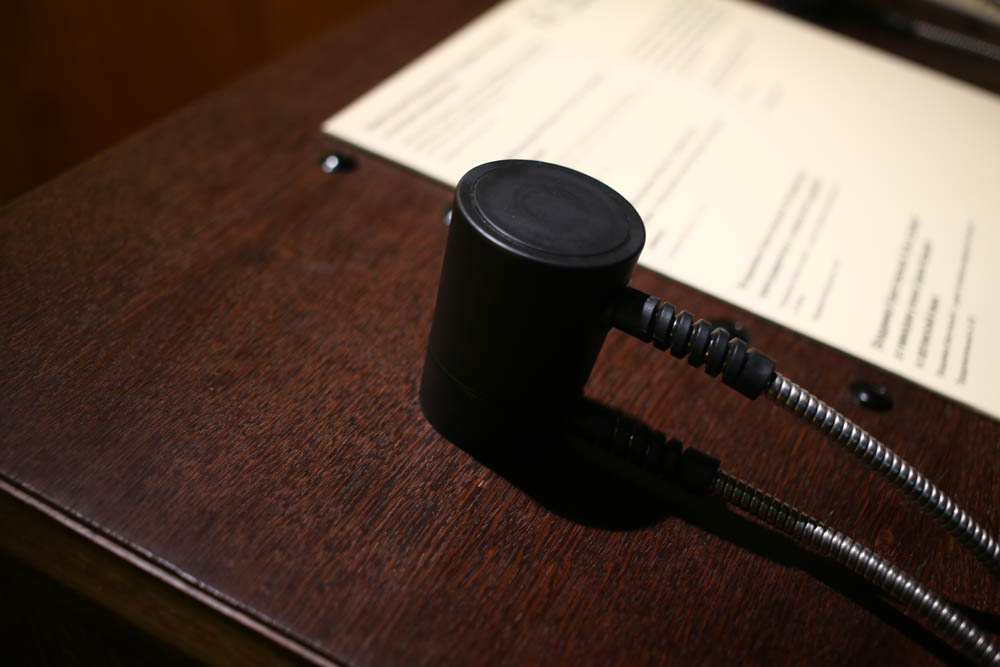
These screens on the walls give a lot of information about the cities where emigrants lived:


You can learn about handicrafts and crafts in Harbin (this is almost a Russian city in China near Vladivostok). And here you can take mini-tours of Russian regions:
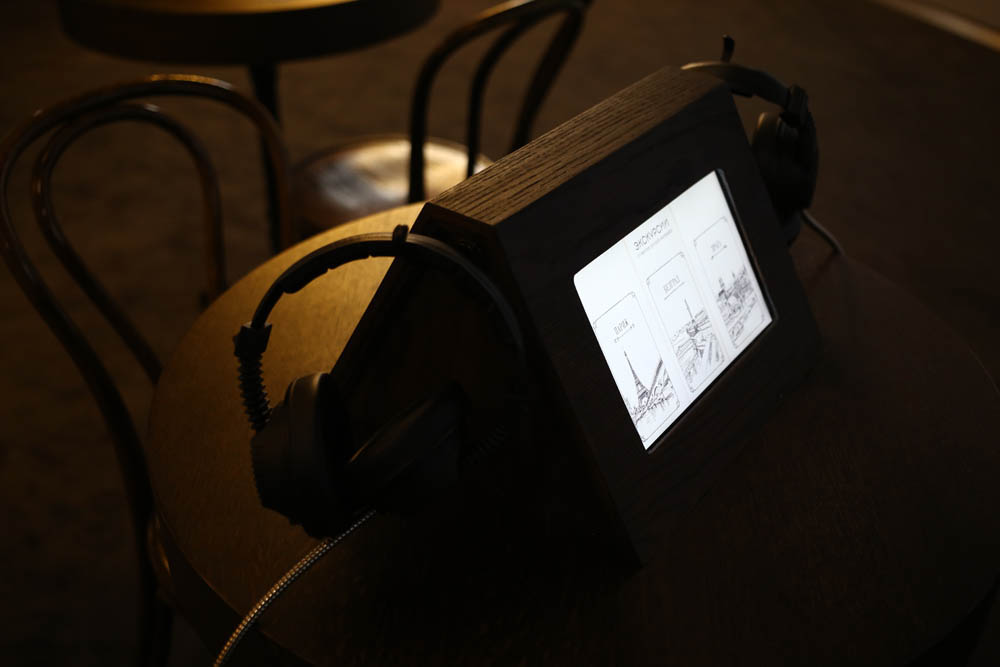
View newspapers and other documents:

Further in the exhibition of objects immediately after the armadillo ...
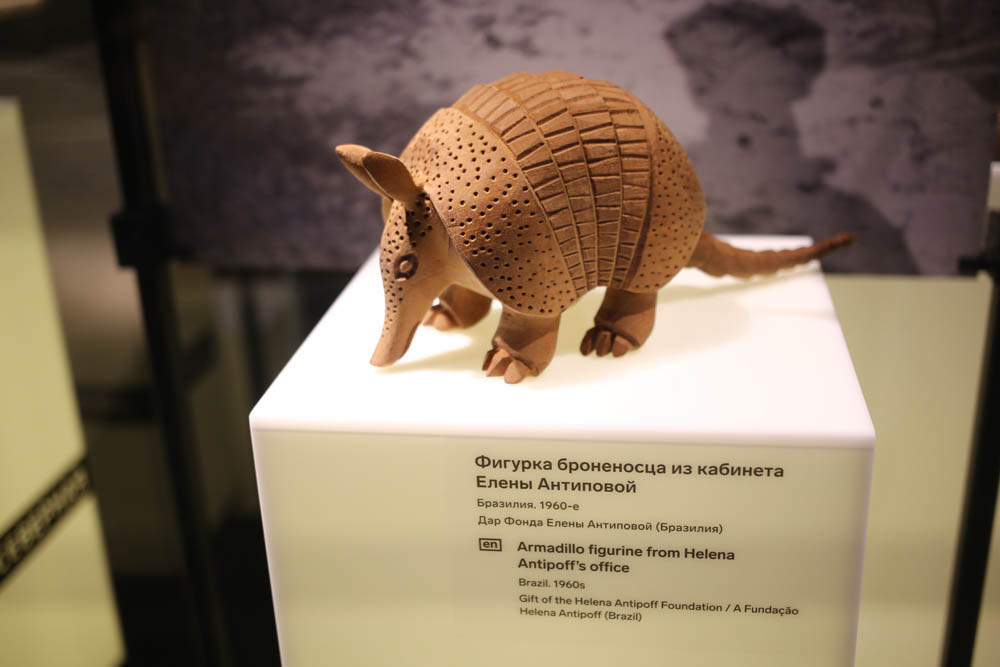
... there are such screens:
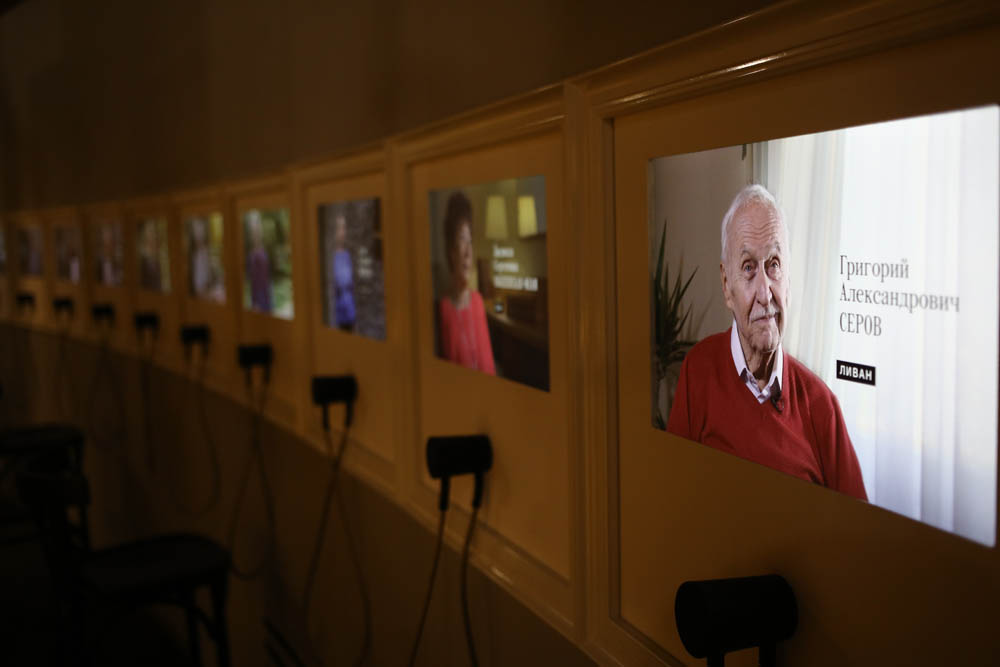
When you take a mono earphone, emigrants from different countries begin to tell their stories. The floor below will be interviews with the descendants of emigrants already born in another country.
From non-digital, I also want to note this pair of exhibits:
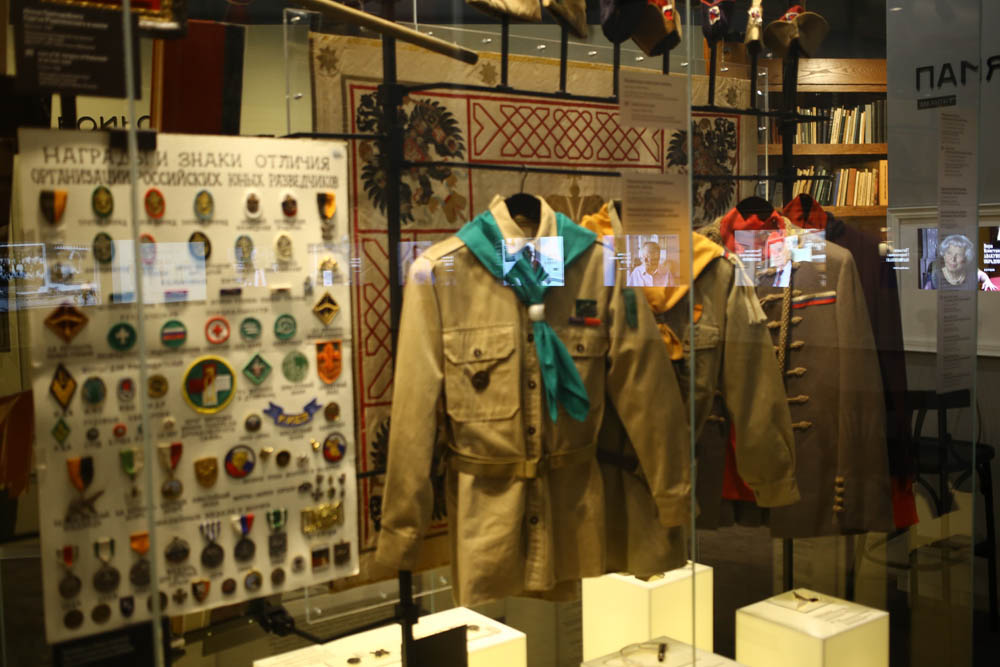
This is a bit of a pioneer movement, only coordinated around the world. In all countries, emigrants kept in touch with each other and therefore were able to make a very similar process of raising children. If you raise the flag of the Knights, then start the limit switch and hear the oath of the young scouts.
The next floor (the first, because the beginning is on the second) is devoted to the contribution of emigrants to world culture and science.
We did these things:
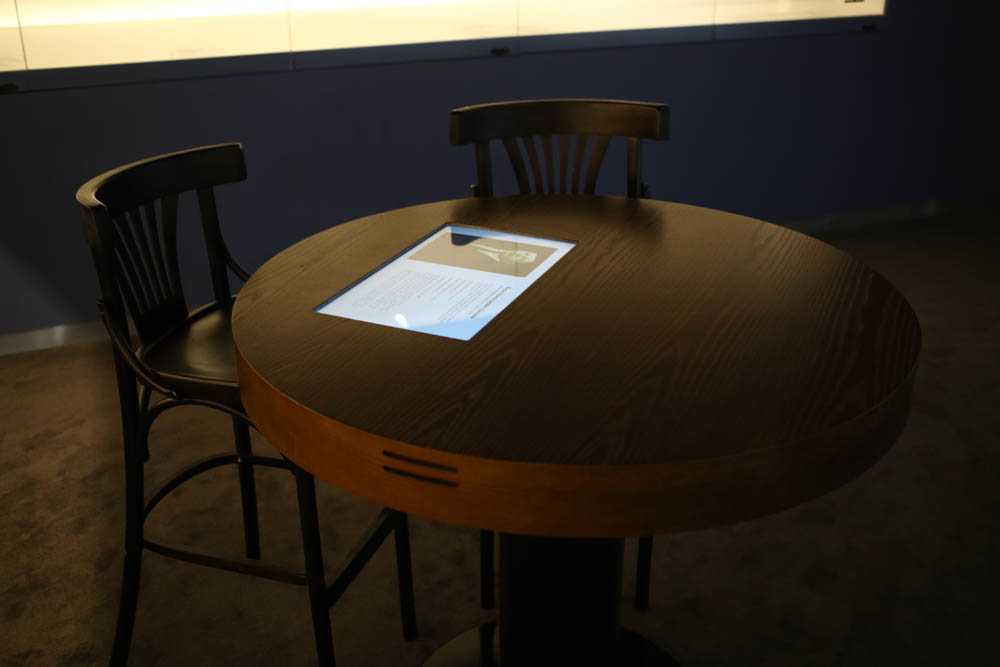

Here they were tortured with the video overlay: one big wall - and there are three pictures in the picture that synchronize with the directed sound:
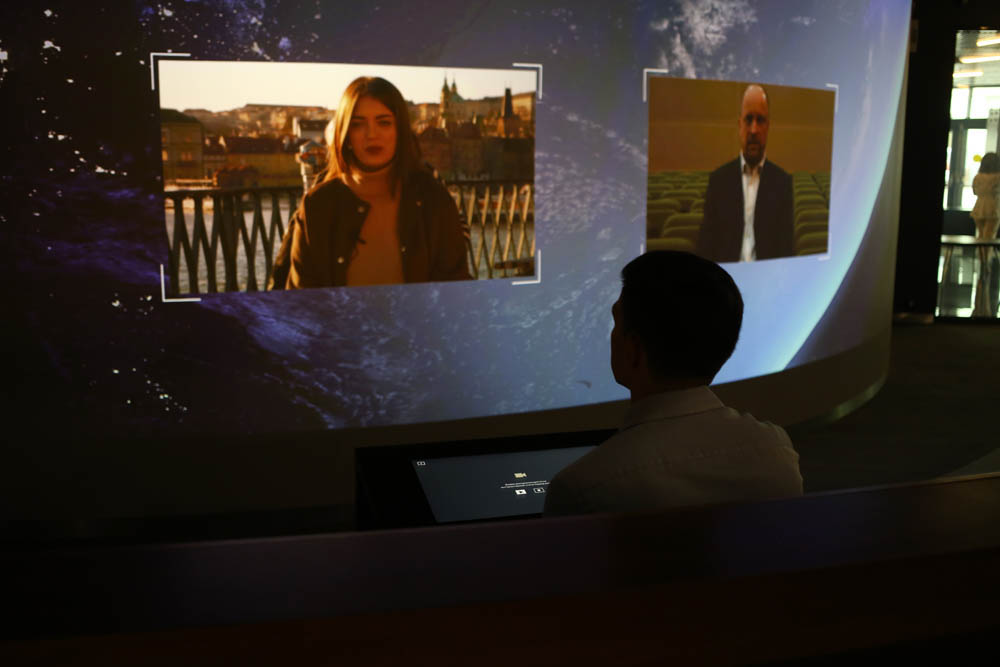

Here are just screens with animation and interactivity. The animation, by the way, was done by our contractors from Pitch Media, and it turned out very high quality.
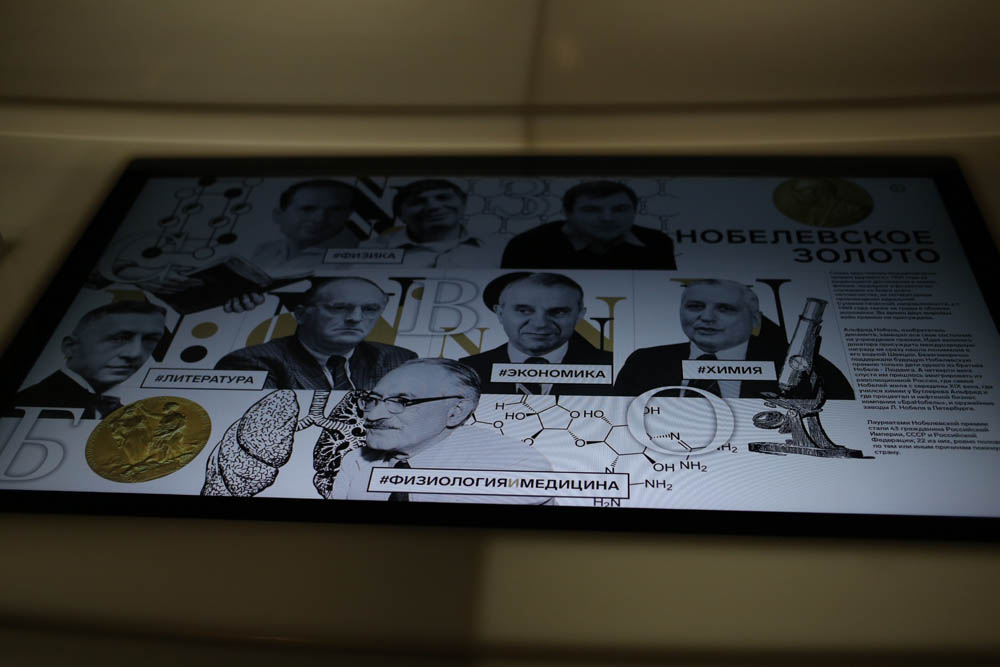

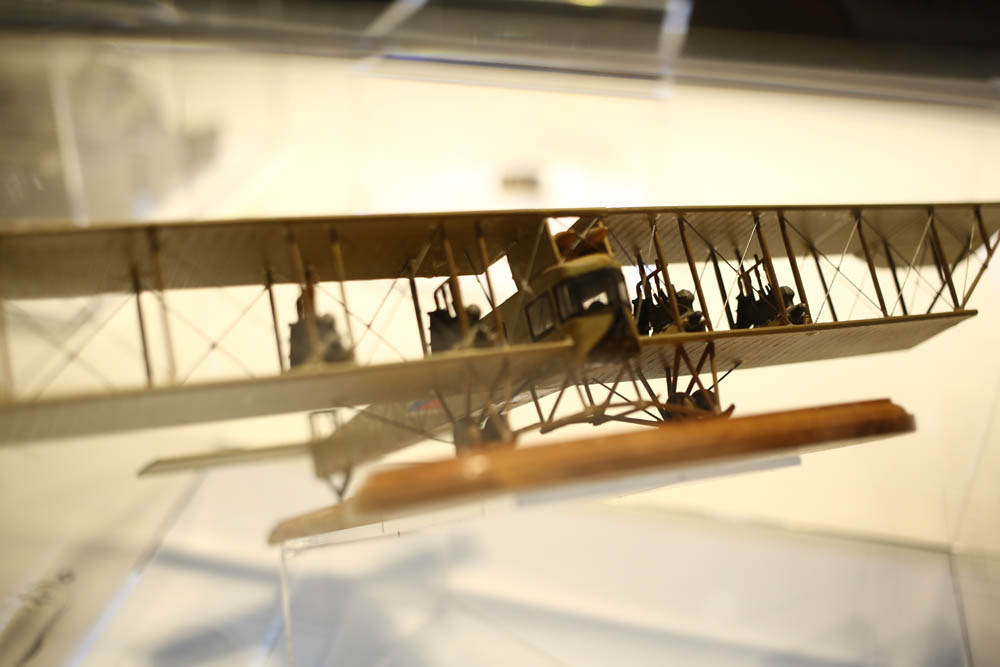
There are many such devices (the reed switch starts the sound):
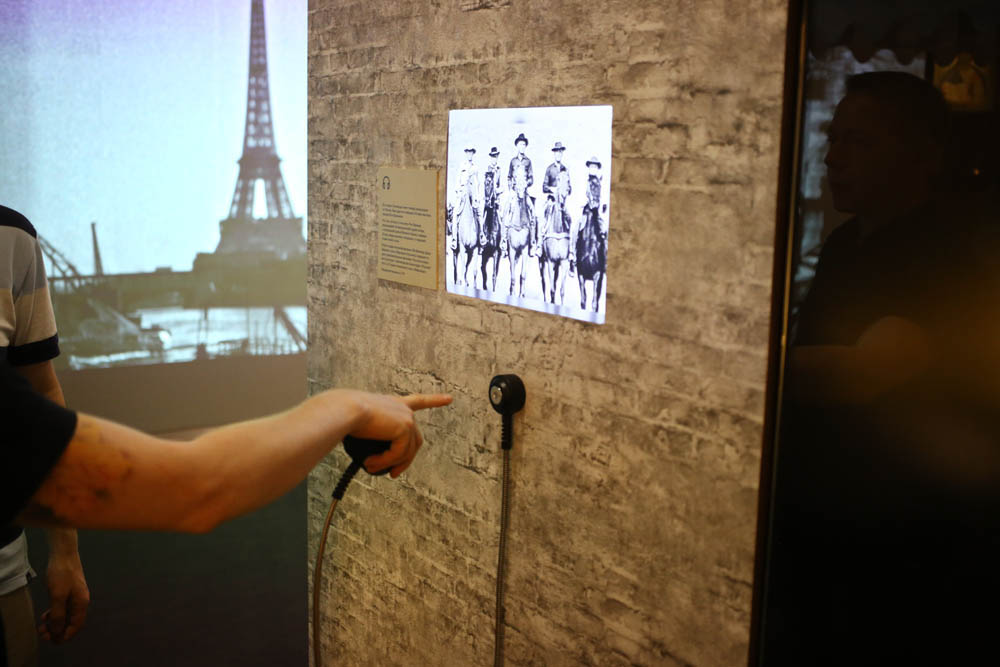
Somewhere you can listen to the debate about the future of the country (reconstruction), somewhere - help, somewhere - real notes of people.
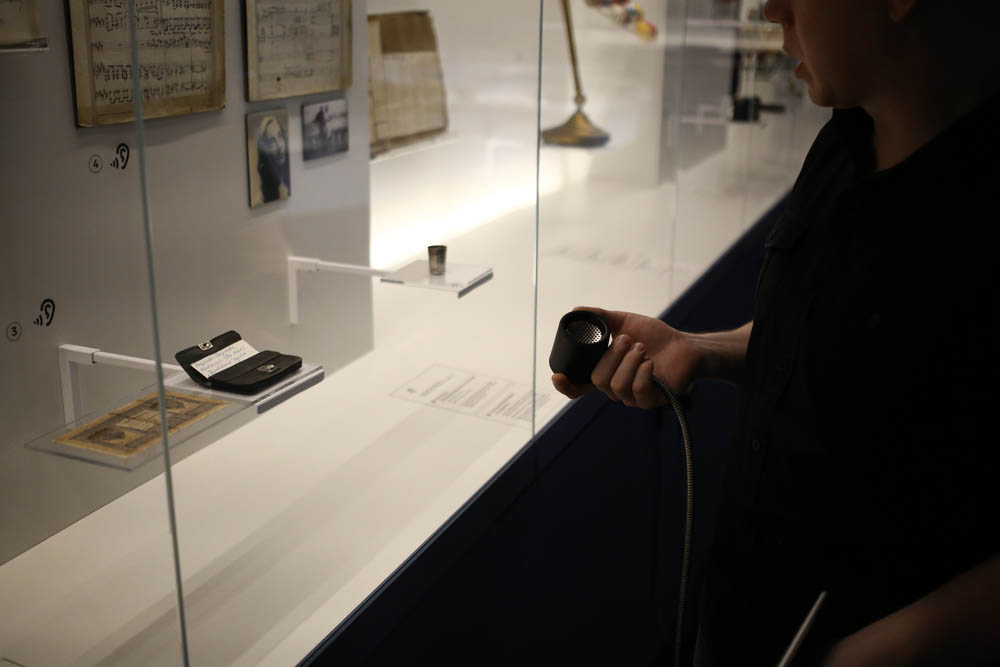
And the control panel from the tablet:
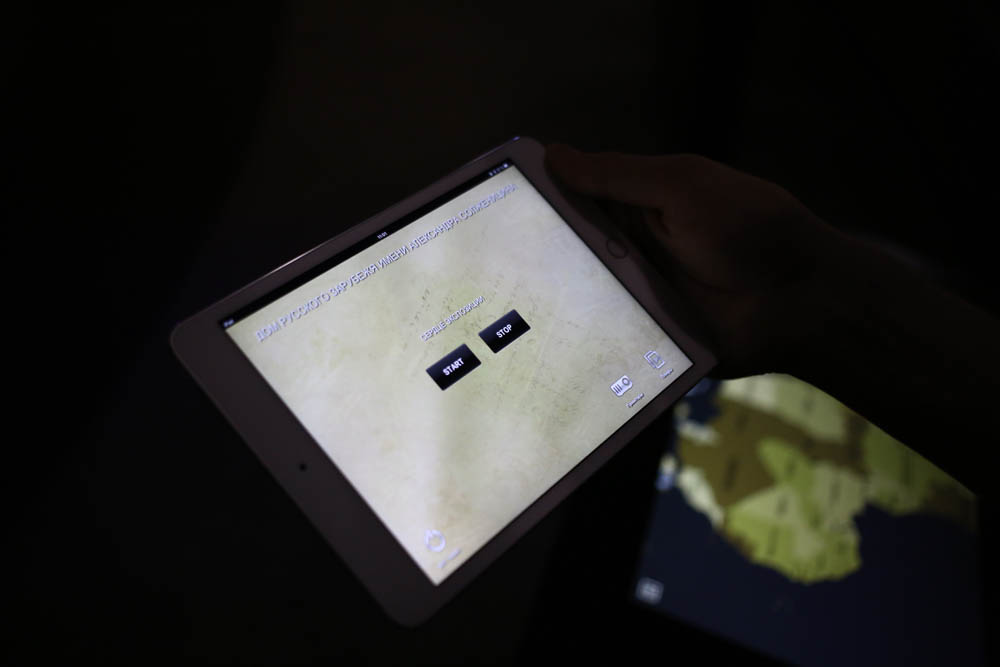
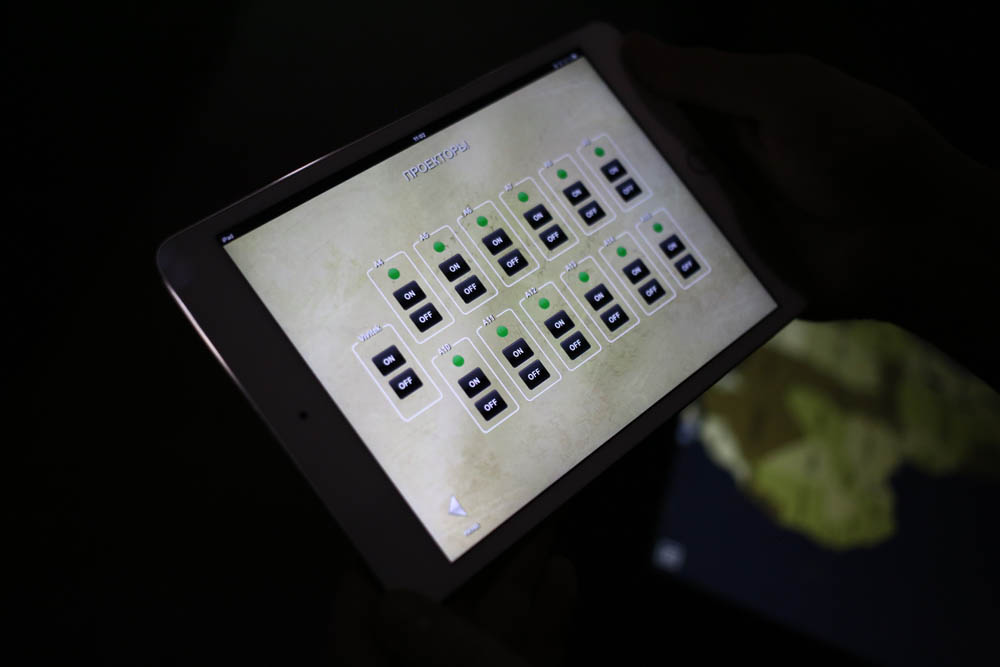
There were 44 installations on us. We did the audiovisual part, control programming, picked up the hardware, mounted and set everything up. The requirements were increased reliability, so from the classically expected arduino schemes almost everywhere went to industrial solutions that are used in museums around the world (the benefit was the opportunity to adopt the experience of Europe).
The work was fairly measured, regular, museum workers are very good at planning and predictability. Of the surprises, it is worth noting, perhaps, only one big rush, when it turned out that important guests could come to the opening. We were warned that due to the work of the security personnel, broadband EM interference would be installed. And we have most of the control from tablets guides made at Wi-Fi frequencies. I had to add an inconspicuous physical button, hidden at the beginning of the exposure. Thus, the exposure can be launched not only from the tablet.

This button, which launches the museum exposition and the flight of birds.
In general, come to the museum. It is very very interesting there.

And many thanks to the guys from Digis, RAA, MKC and Pitch Media, it was a pleasure working together.
References